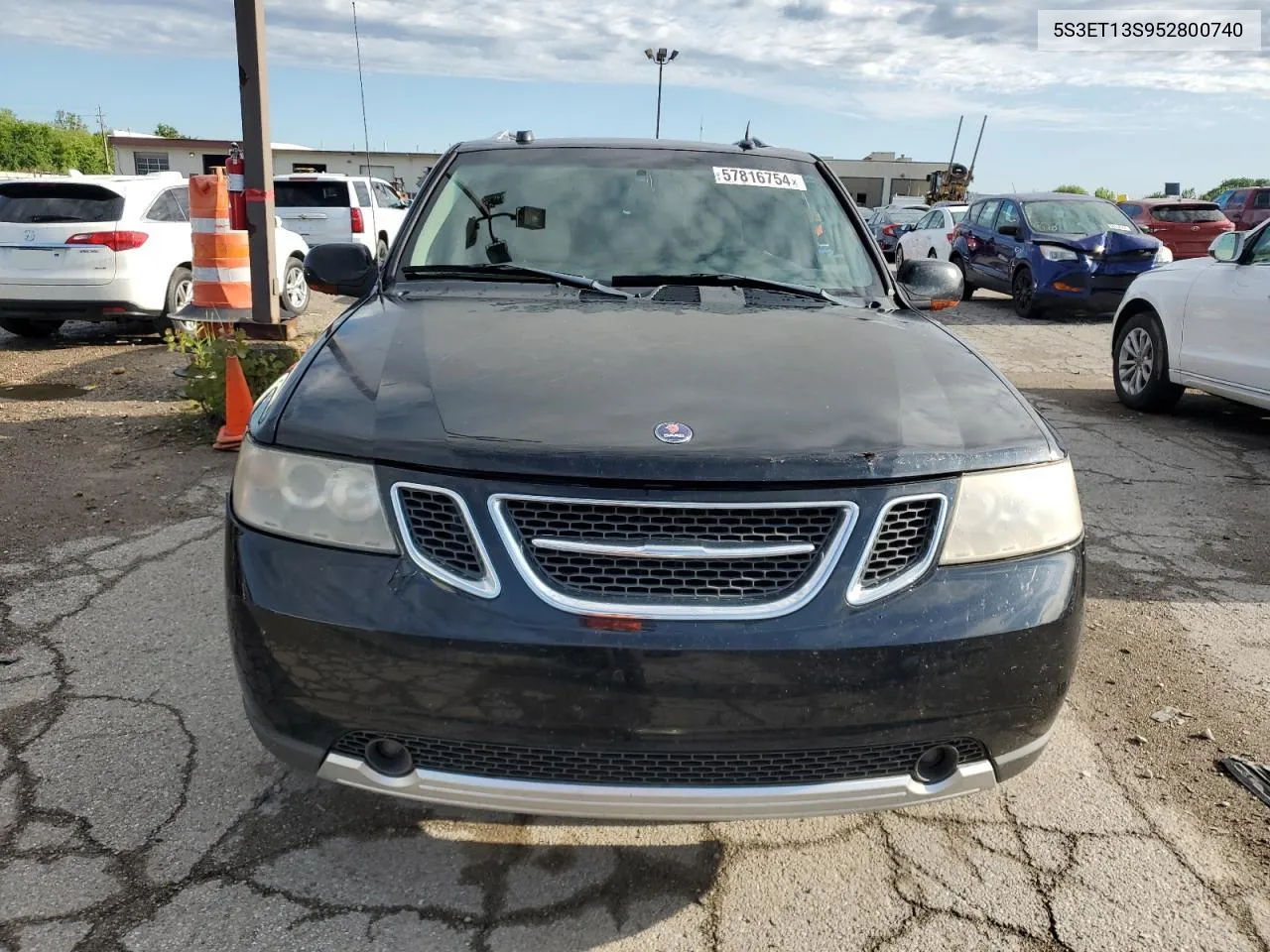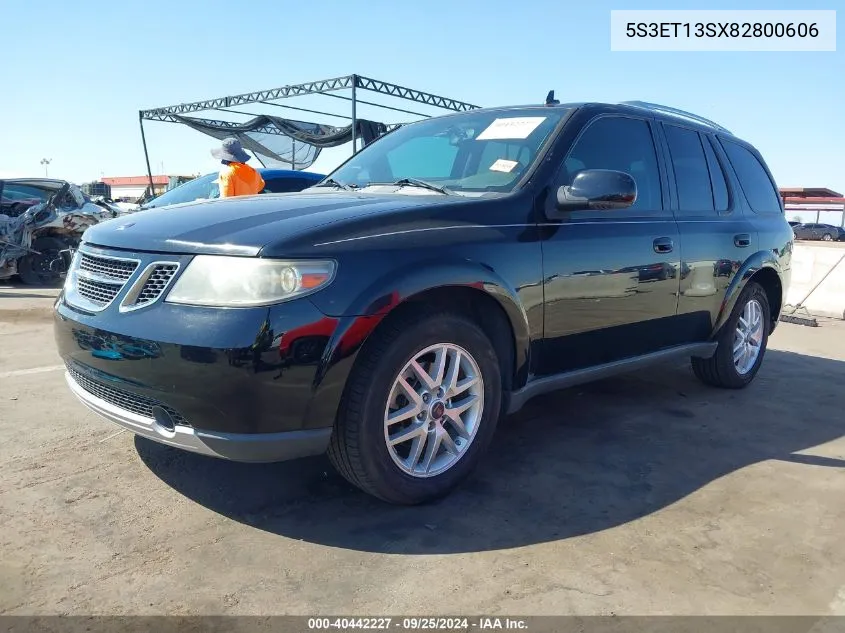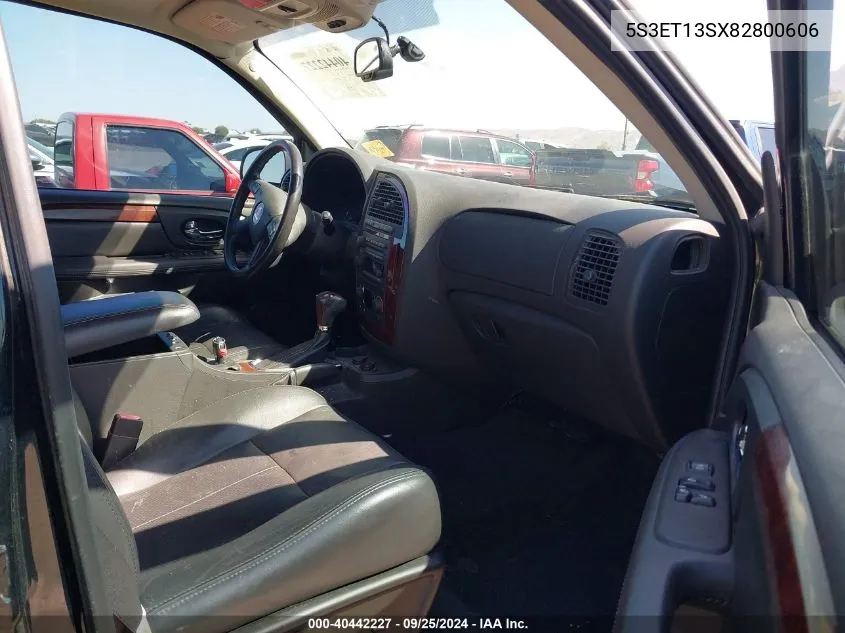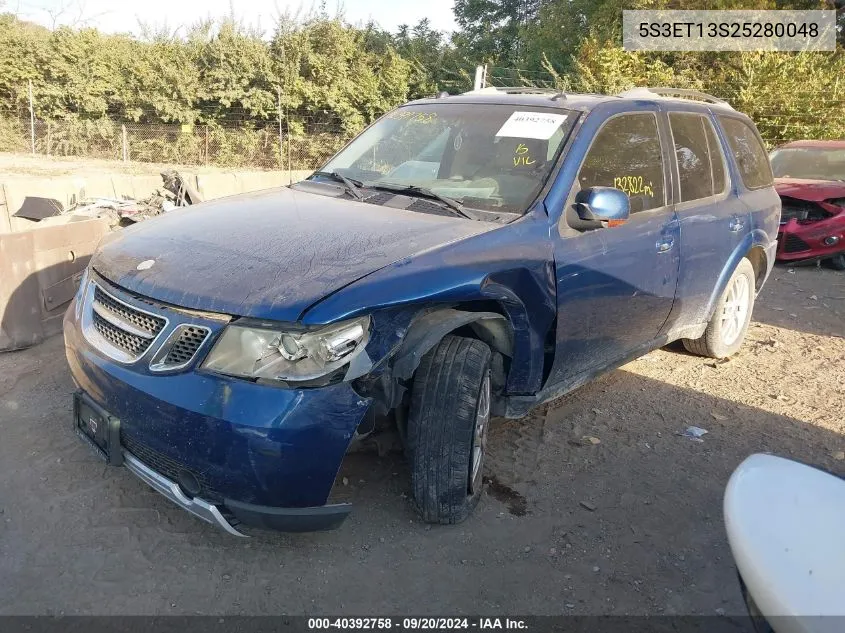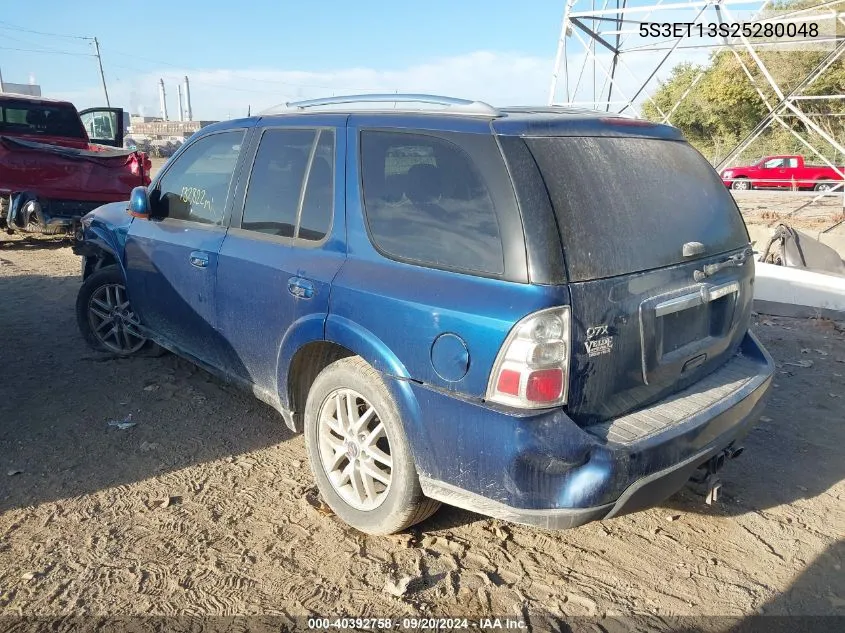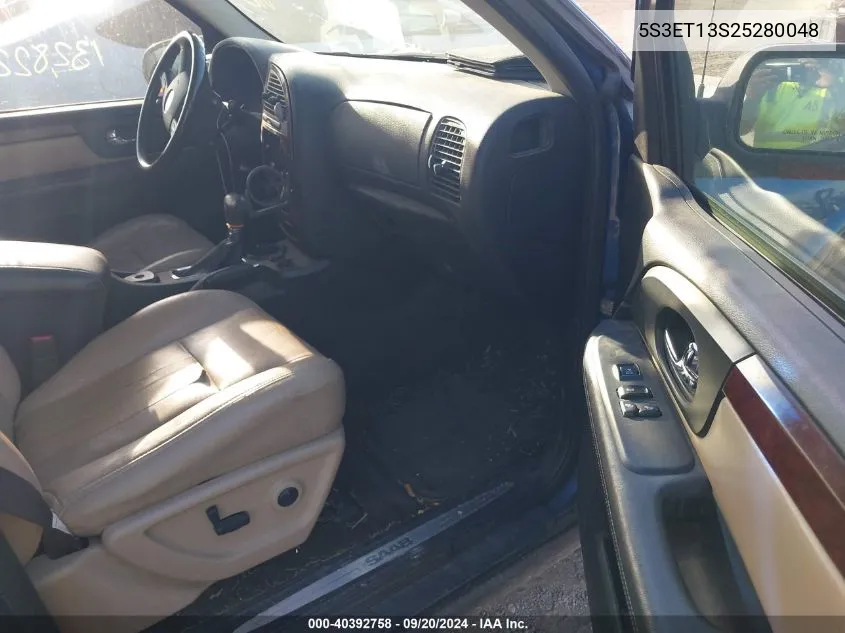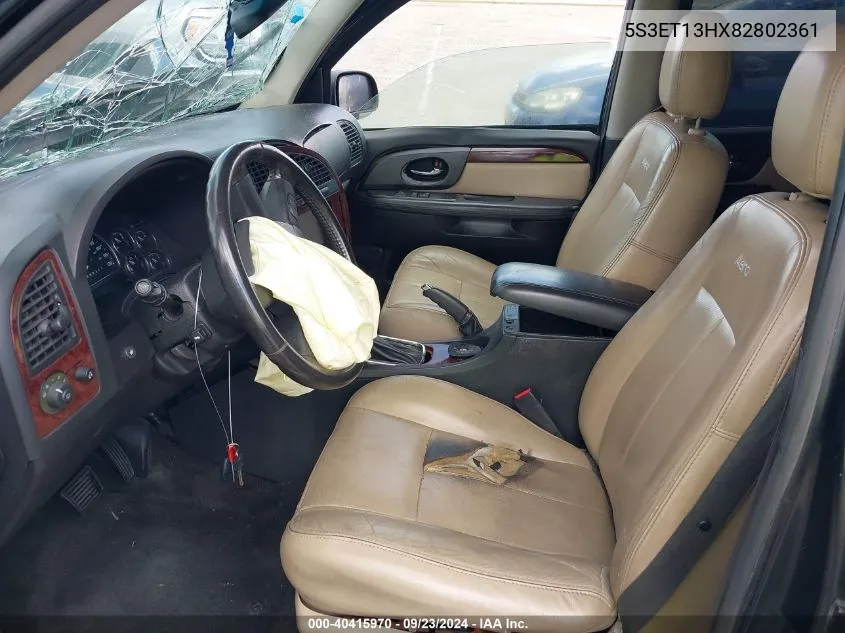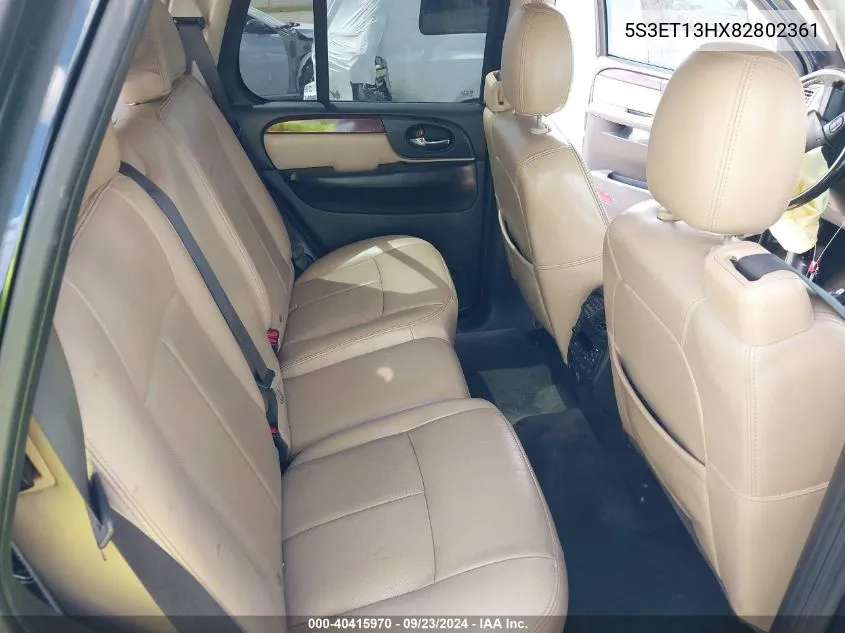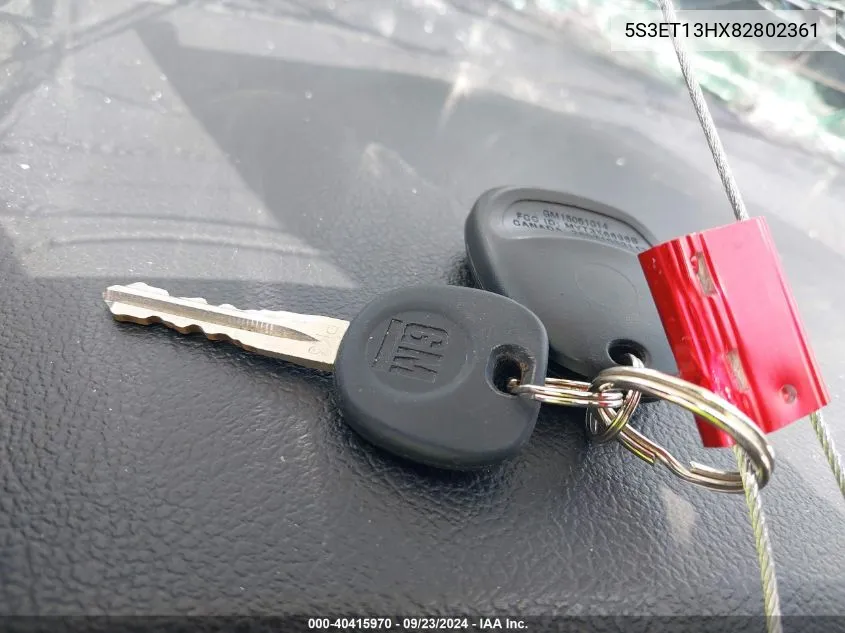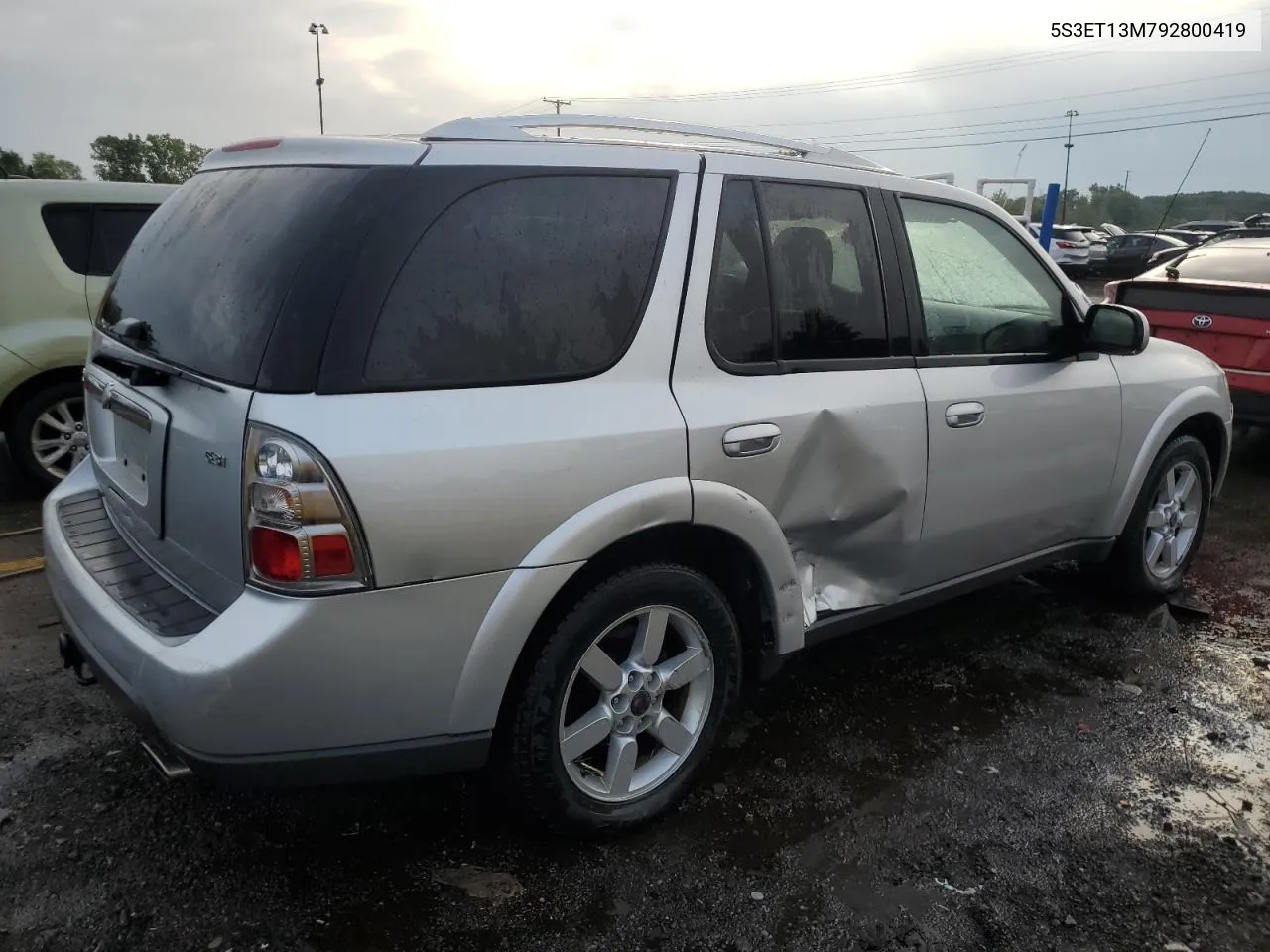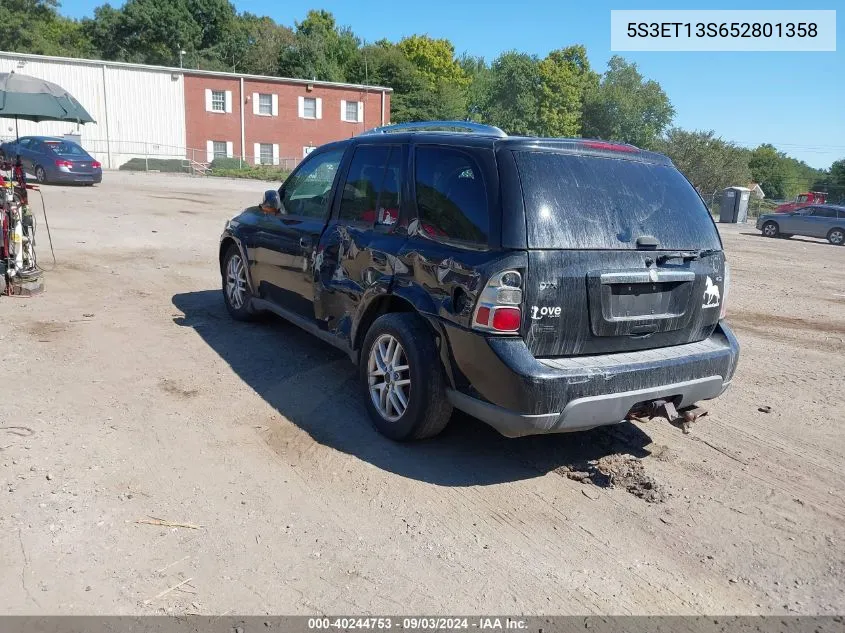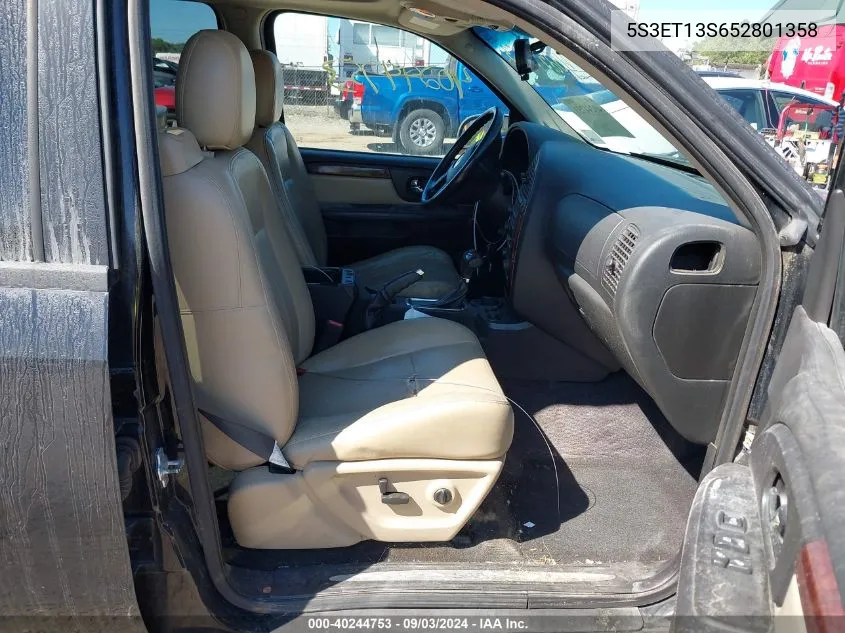Saab 9-7X (15)
2008 Saab 9-7X 5.3I
2005 Saab 9-7X Linear
2008 Saab 9-7X 4.2I
2005 Saab 9-7X Linear
Brand
Saab
Model
9-7X
Generation
9-7X
VIN
5S3ET13S25280048
Auction number
40392758
Odometer
213756 km.
Auction platform
iaai.com
2008 Saab 9-7X Aero
2009 Saab 9-7X 5.3I
2007 Saab 9-7X 4.2I
2005 Saab 9-7X Linear
2008 Saab 9-7X 4.2I
2009 Saab 9-7X 5.3I
2005 Saab 9-7X Arc
The Saab 9-7X is an SUV that was introduced by the Swedish automobile company Saab. The model was born in the mid-2000s, becoming Saab's first and only attempt to enter the SUV market. The car has caused mixed opinions among fans of the brand, but despite this, it has left its mark on history.
The Saab 9-7X is a unique combination of Swedish design and American engineering. The car was developed on the General Motors GMT360 platform and was built at GM's Morrain, Ohio plant. The model was an experiment of sorts for Saab, which unfortunately turned out to be short-lived.
History of the model
The Saab 9-7X was introduced in 2005. At the time of its release, it was the first SUV in the Saab lineup. The model was based on the Chevrolet TrailBlazer and other models built on the GMT360 platform. Production of the 9-7X continued until 2009, when Saab ran into financial difficulties and was sold to General Motors.
Modifications
The Saab 9-7X was offered in several trim levels, including V8 and straight-six engine options. The most popular trim levels were:
- Saab 9-7X 4.2i: Powered by a 4.2-liter inline-six engine producing 285 hp.
- Saab 9-7X 5.3i: equipped with a 5.3-liter V8 engine producing 300 hp.
- Saab 9-7X Aero: top version with 6.0-liter V8 engine producing 390 hp, introduced in 2008.
Colors
The Saab 9-7X was offered in a variety of colors, including the popular:
- Black Metallic (Black Onyx)
- Silver metallic (Titanium Silver)
- Dark blue metallic (Ocean Blue)
- Red metallic (Merlot Red)
- White (Snow Silver)
Years of production and number of cars sold
Production of the Saab 9-7X began in 2005 and continued until 2009. During this period, about 25,000 units were produced. Despite the limited production volume, the car found its buyers, especially in North America.
The most successful and problematic models
The most successful modification of the Saab 9-7X can be considered the version with the 5.3i engine, which combined good power and acceptable economy. This modification was in the greatest demand among buyers.
As for problem models, a number of issues were noted with the 4.2i version, especially with regard to the reliability of the transmission and cooling system. However, the biggest criticism was caused by the top-end Aero version with the 6.0i engine, which suffered from excessive fuel consumption and high maintenance costs.
The Saab 9-7X was an interesting chapter in the company's history, despite limited production and not the highest sales. The car demonstrated that even brands not traditionally associated with the SUV segment can offer the market unique and memorable models.
So, the Saab 9-7X turned out to be an unusual representative of the Saab brand, adopting the GM base. This crossover, despite its American roots, still retained some features of the Saab style and philosophy, such as innovative technologies and driver convenience.
It offered a variety of trim levels, including versions with different engines and trim levels. The Saab 9-7X's specifications ranged from economical to sporty, providing a choice depending on the driver's needs.
Saab 9-7X Color Palette
- Popular colours included classic black, silver and blue, emphasising the business style and elegance of the car.
- Rare shades such as burgundy or orange could give the Saab 9-7X its own personality and make it stand out from other cars on the road.
Years of production and sales
From 2005 to 2009, the Saab 9-7X was available on the market, attracting the attention of fans of the brand and those who appreciated the comfort and reliability of American crossovers.
Successful and problematic modifications
Among the successful modifications, it is worth highlighting those that offered a balance between performance, comfort and safety. Problematic models could experience problems with reliability and build quality, which required careful attention when choosing a car.









